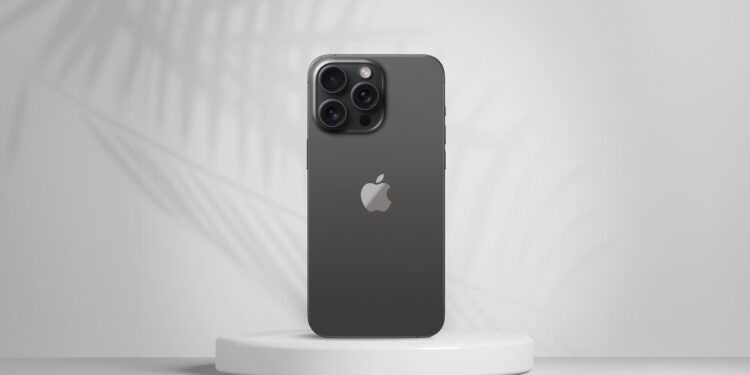Apple will unveil its new operating systems tomorrow at 7:00 p.m. Central European Time during its WWDC keynote. The focus will be on iOS 26—the successor to iOS 18. The name has changed, but the biggest change is the design. With iOS 26, Apple will introduce the new "Liquid Glass" interface elements for the first time. The new look will be rolled out to all Apple devices to create a more consistent user experience.
The information comes from the "Power On" newsletter by Mark Gurman, who is known for his accurate Apple predictions. According to Gurman, Apple will unveil a redesigned iOS tomorrow that will be visually significantly different from the current iPhone operating system. The changes affect not only iOS itself, but also macOS, iPadOS, watchOS, and tvOS. The new design language with glass and mirror effects will permeate the entire Apple ecosystem in the future.
Liquid Glass: New surfaces for the iPhone
The term "Liquid Glass" describes a new visual concept for the user interface. It involves transparent, reflective elements reminiscent of liquid glass. These effects are used system-wide. Specifically, this means that buttons, toolbars, tabs, and other controls receive a new, glass-like appearance with reflective highlights. The goal is a more modern, visually appealing appearance.
New app design on the home screen
The iPhone's home screen is also being redesigned in iOS 26. The app icons have a new, rounder shape. They also have glossy, reflective edges that harmonize with the Liquid Glass approach. This makes the icons appear more three-dimensional and of higher quality than before. The changes affect the entire icon set, including both system apps and third-party apps, provided they adapt to the new design.
Consistent design across all platforms
Apple won't limit the new UI design to the iPhone. macOS, iPadOS, watchOS, and tvOS will also adopt the new Liquid Glass surfaces and redesigned app icons. The user interfaces will continue to be tailored to the respective form factor, for example, in terms of navigation and layout. However, the graphic design will be more consistent. The goal is to make Apple products more visually cohesive – regardless of whether you use an iPhone, a MacBook, or an Apple Watch.
Design as preparation for new hardware
The new UI elements aren't just a short-term redesign. They also fit Apple's long-term hardware roadmap. An iPhone consisting entirely of screen—with curved edges and a nearly bezel-less display—is expected for 2027. The glass and reflective software elements of iOS 26 are a logical step in this direction. With the new software interface, Apple is preparing its users for the next generation of devices.
iOS 26 ushers in a new design era
With iOS 26, the iPhone is getting a facelift. The visual redesign with Liquid Glass is the most striking change and affects not only the interface, but also app icons and interaction elements. With this, Apple is pursuing the goal of standardizing the design of its operating systems. Those who watch Apple's keynote live tomorrow will get the first official glimpse of iOS 26 and the new design language. If you can't watch the keynote live, you can get all the important information directly and reliably at apfelpatient.de . Also, follow us on Facebook , Instagram , and Threads to make sure you don't miss anything during and after the event—we'll keep you up to date wherever you go. (Image: Shutterstock / Yalcin Sonat)
- WWDC 2025: Keynote livestream with iOS 26 and more
- Apple teases a new software design at WWDC 2025
- macOS 26 is probably called “Tahoe” – new design is coming
- macOS 26: What to expect from Apple's new Mac update
- tvOS 26 Update for Apple TV 4K: These features are coming
- iOS 26: What's changing with the new iPhone update
- watchOS 26: What the rumors say about the update
- visionOS 26: What Apple has planned for the Vision Pro





